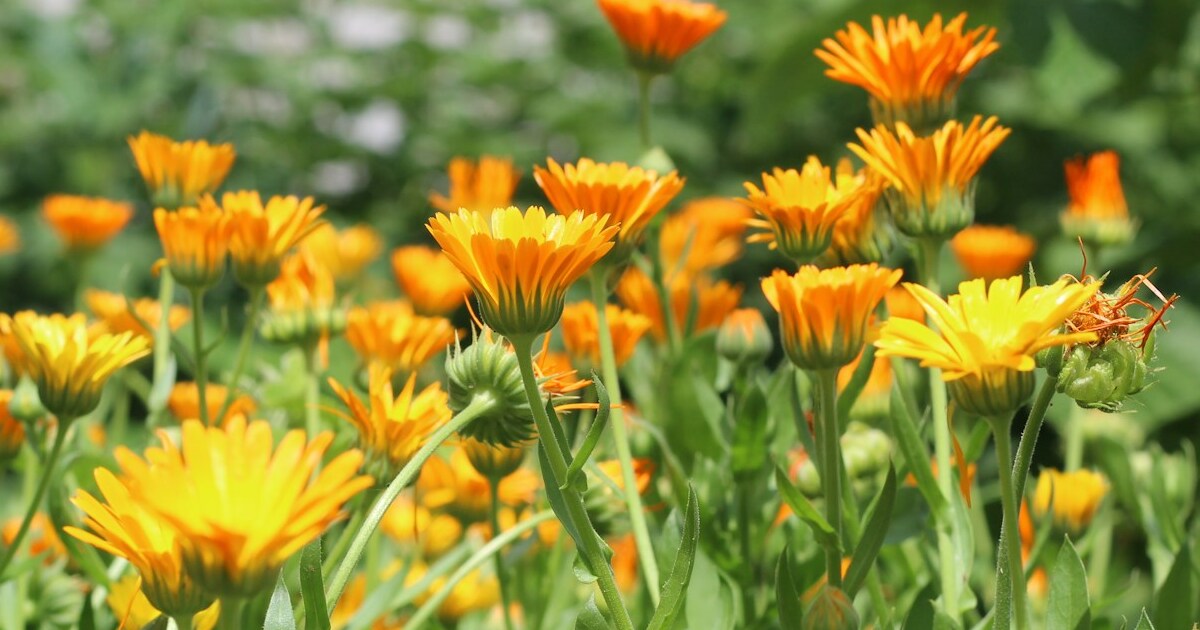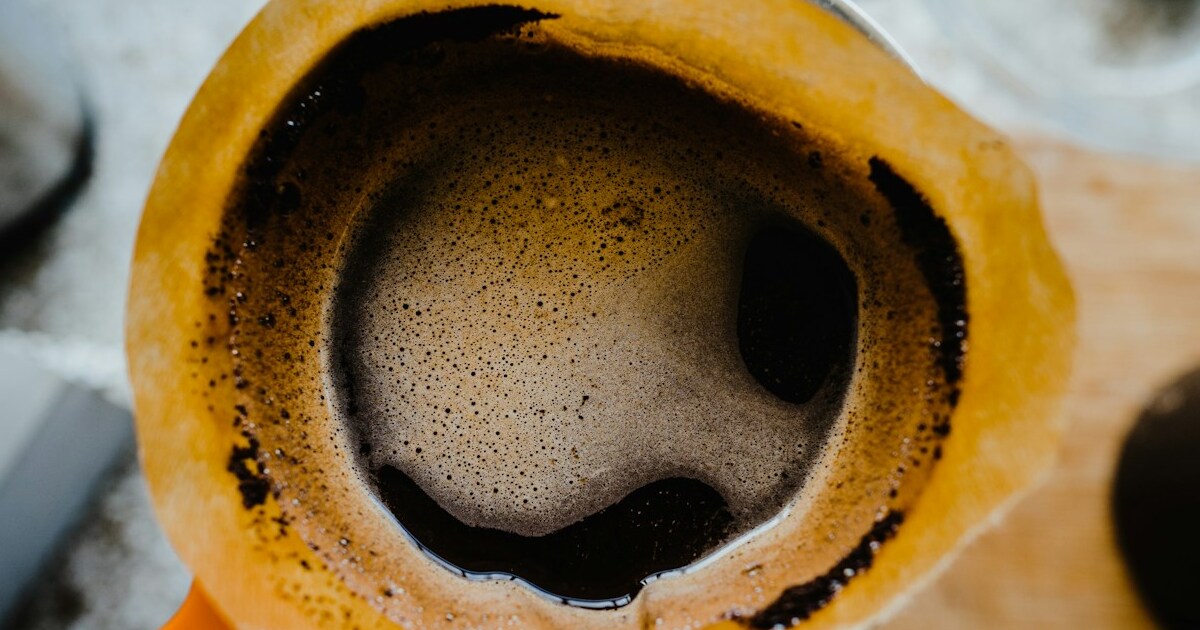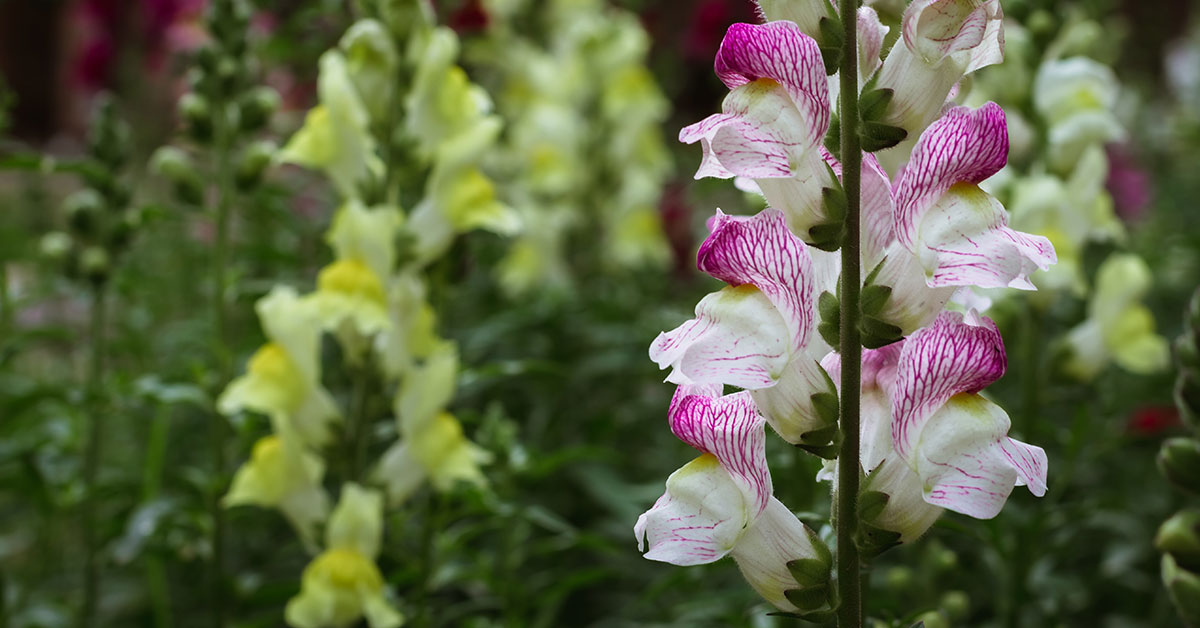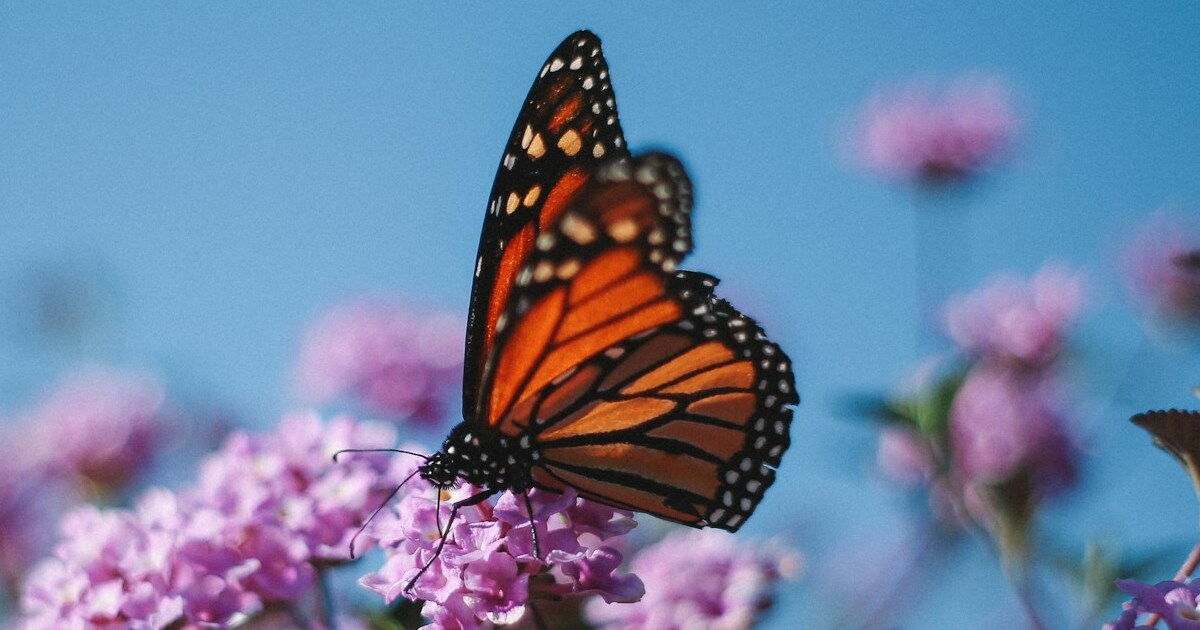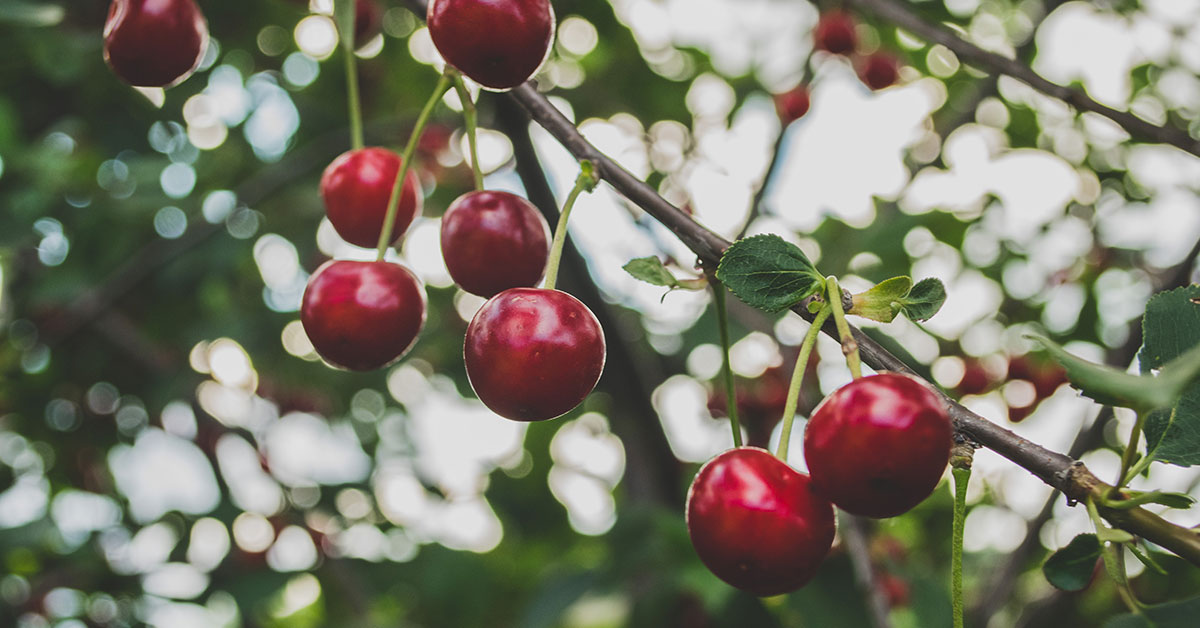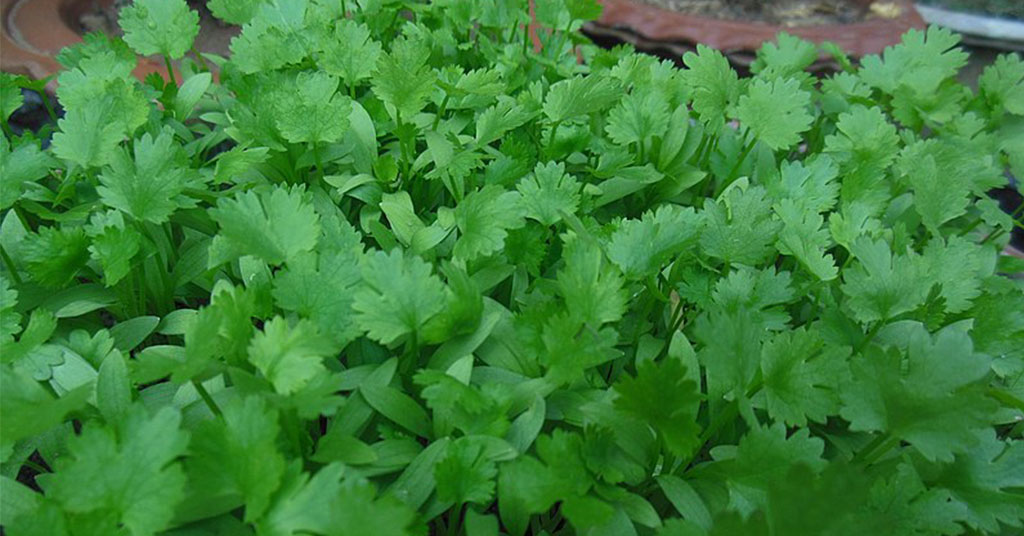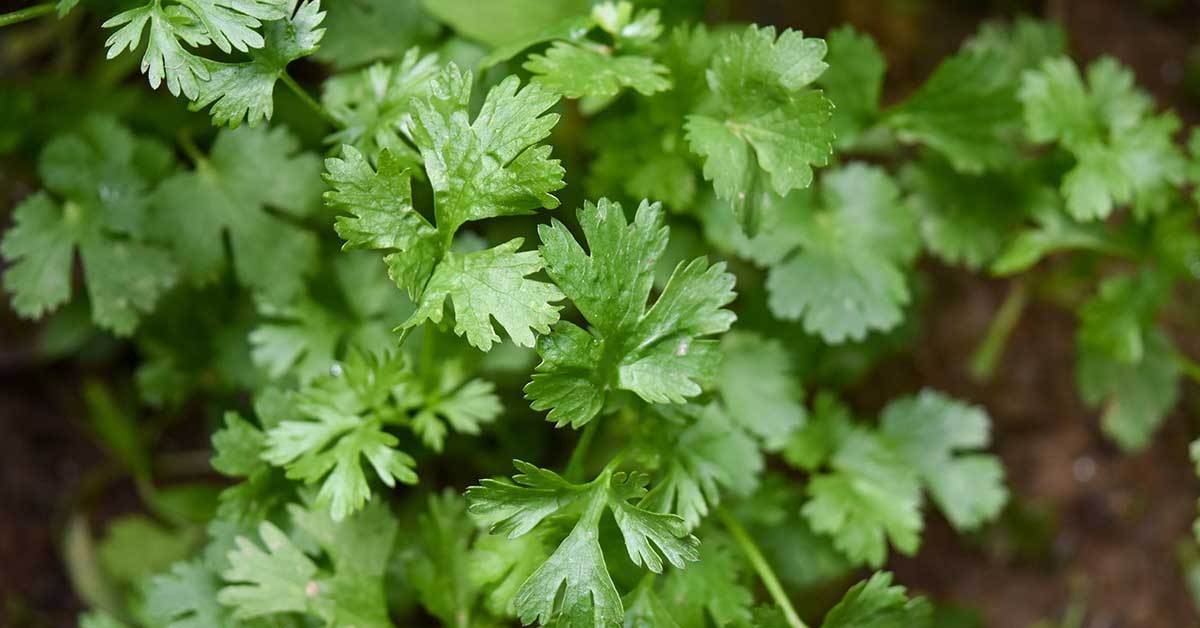Spider plants, or Chlorophytum comosum, are beloved houseplants. They are known for their hardiness, long cascading leaves, and ease of care. While spider plants are easy to care for, they are still susceptible to certain issues that can cause their leaves to turn yellow. The bad news is that yellowed spider plant leaves are pretty much goners, but the good news is: if you’ve caught it early, you can fix whatever is going on with your spider plant and improve its odds of survival. We will discuss the various reasons why spider plant leaves may turn yellow. As well as how to address the underlying causes and keep your spider plant healthy.
Determining why your spider plant leaves are turning yellow
There are several potential causes for yellowing leaves in spider plants, including underwatering, overwatering, too much sun, or nutrient deficiencies. The best way to identify the cause of yellowing leaves in spider plants is to look at the condition of the soil and the amount of sun the plant is receiving. Dry soil or if bone-dry, underwatering is likely the cause. Soggy soil or standing water can be seen, overwatering is likely the cause. If the plant is receiving too much direct sunlight, the leaves may be scorched, turning yellow. Lastly, if the soil is nutrient-deficient, fertilizer may be necessary to replenish the soil’s nutrients and restore the plant’s health.
Unfortunately, spider plants are susceptible to a variety of pests and diseases that can cause the leaves to turn yellow. To identify the cause of yellowing leaves, it is important to inspect the plant carefully. Look for any signs of pests, such as aphids, mealybugs, or spider mites. Diseases, such as root rot or powdery mildew, may also cause spider plant leaves to turn yellow.
How to treat yellow leaves on a spider plant
Spider plant leaves that have turned yellow can be treated with a few simple steps. First, inspect the plant to see if the yellow leaves are due to over- or under-watering. If the soil is too wet, allow the soil to dry out before watering again. If the soil is too dry, water the plant more frequently. Finally, make sure the plant is receiving enough sunlight; spider plants prefer bright, indirect light. If the plant is receiving too much or too little sunlight, move it to a brighter or shadier spot. Additionally, check for signs of pests or diseases and treat them accordingly.
Pests that cause yellow leaves
Spider plants are known for their easy care and attractive foliage, but they are prone to attack by pests that can cause the leaves to turn yellow. To treat these pests, start by examining the leaves and identifying the pest. Then, carefully remove any affected leaves and dispose of them. Next, spray the plant with a pesticide that is specifically formulated to target the pest. Be sure to follow the instructions on the label for proper application. Finally, avoid overwatering the plant and monitor it for signs of pests in the future.
To treat the disease afflicting your spider plant, it’s important to identify the problem. First, check the soil to make sure that it is not overly wet or dry. Make sure the plant is getting enough light and isn’t being overwatered. If the plant is in a pot, repot it into a new pot with a fresh potting mix. Inspect the plant for signs of pests such as mealybugs, spider mites, or aphids. If present, use insecticidal soap or horticultural oil to treat the pests. Finally, if the problem persists or is too dire, you made need to dispose of the plant entirely.
Pruning A Spider Plant’s Yellow Leaves
When pruning spider plant leaves that have turned yellow, it is important to use sharp, clean scissors or shears. Start by cutting away the yellow leaves at the base of each stem, being careful to not damage the healthy leaves. Prune away any brown or dead leaves, as well as any yellow or yellowing leaves. You may also need to trim any long stems with yellow or brown leaves. After pruning, make sure to water the plant thoroughly and check for signs of stress. If the leaves are still yellow after pruning, you may need to repot the plant into a larger pot or provide more fertilizer for the plant.





